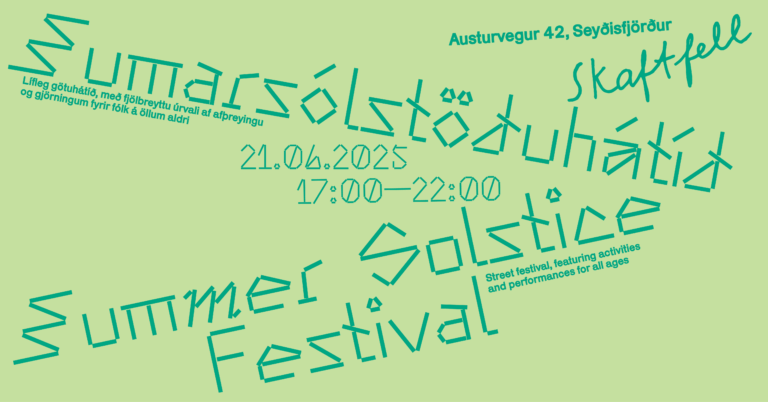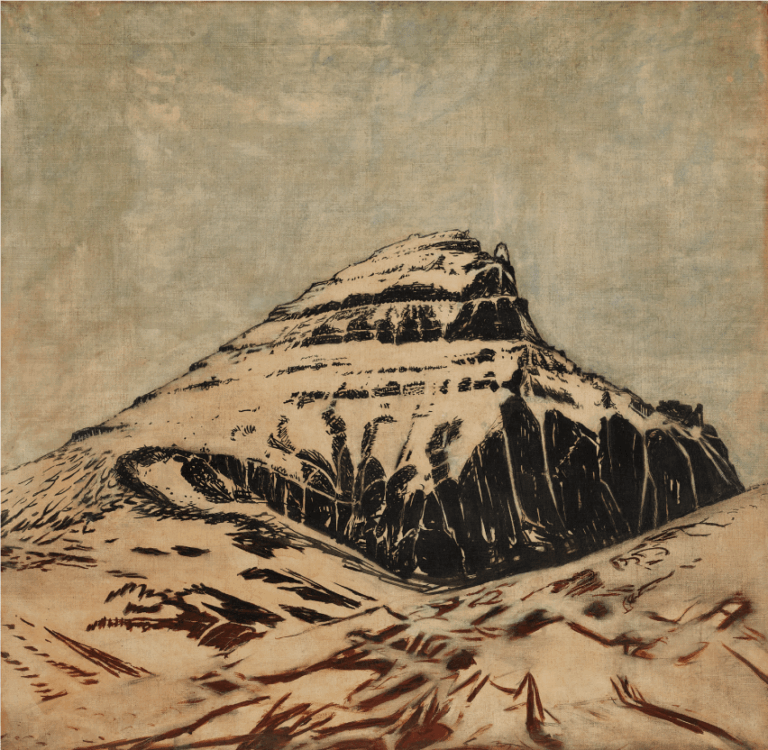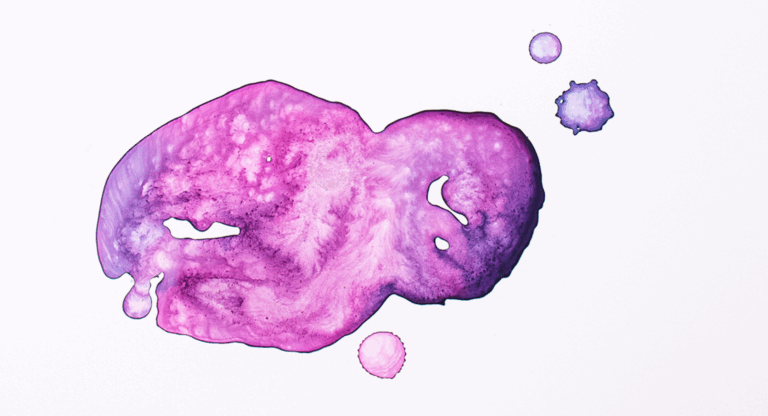Philipp Valenta. 23rd Nov 2018 to 14th January 2019. West Wall gallery, Skaftfell Bistro.
Iceland’s economy is becoming more and more dependent on tourism, a growing industry that offers the country’s natural wonders as attractions to be consumed. In this context it seems hard to see these places and phenomena as “pure nature” any longer. Business thinking has creeped into the experiencing of natural wonders, and their locations suffer due to increased visitor numbers and lack of conservatory measures or funding. This ambivalence between the exploitation and the protection of a nature that is regarded as natural resource or “asset” is currently highlighted by the rapid developments in the tourism sector, but it also has many interesting parallels in other parts of the economy that can be traced through Iceland’s history and mentality. In Nature’s values Philipp Valenta shows two series of works relating to this theme, Síldarævintýri and Herbarium.
Síldarævintýri relates to Iceland’s so-called herring-adventure, the herring-boom that occurred between 1867 and 1968 in the North and East of the country. Valenta’s herrings are made out of aluminium – the material of the new, booming industry in Iceland. The work points towards old and new, and apparently recurring, patterns in the use and exploitation of natural resources.
For Herbarium, Valenta collected old and current banknotes of various countries and “dissected” their depicted flowers, creating a very specific kind of currency herbarium. Many banknotes worldwide show very detailed illustrations of the countries’ indigenous flora, for example blossoms that are representative of the region or climatic zone. In the German language the term Blüten (blossoms) is used to describe counterfeit banknotes. For Valenta this linguistic connection underlines the artificial nature of money, represented by this particular collection of “fake” flowers.
Síldarævintýri relates to Iceland’s so-called herring-adventure, the herring-boom that occurred between 1867 and 1968 in the North and East of the country. Valenta’s herrings are made out of aluminium – the material of the new, booming industry in Iceland. The work points towards old and new, and apparently recurring, patterns in the use and exploitation of natural resources.
Herbarium flowers:
100 Cordoba, Nicaragua
5 Sen, Japan
10 Rupees, Sri Lanka
1 Ringgit, Malaysia
5 Ringgit, Malaysia
10 Ringgit, Malaysia
50 Cents, Sierra Leone
10000 Króna, Iceland



